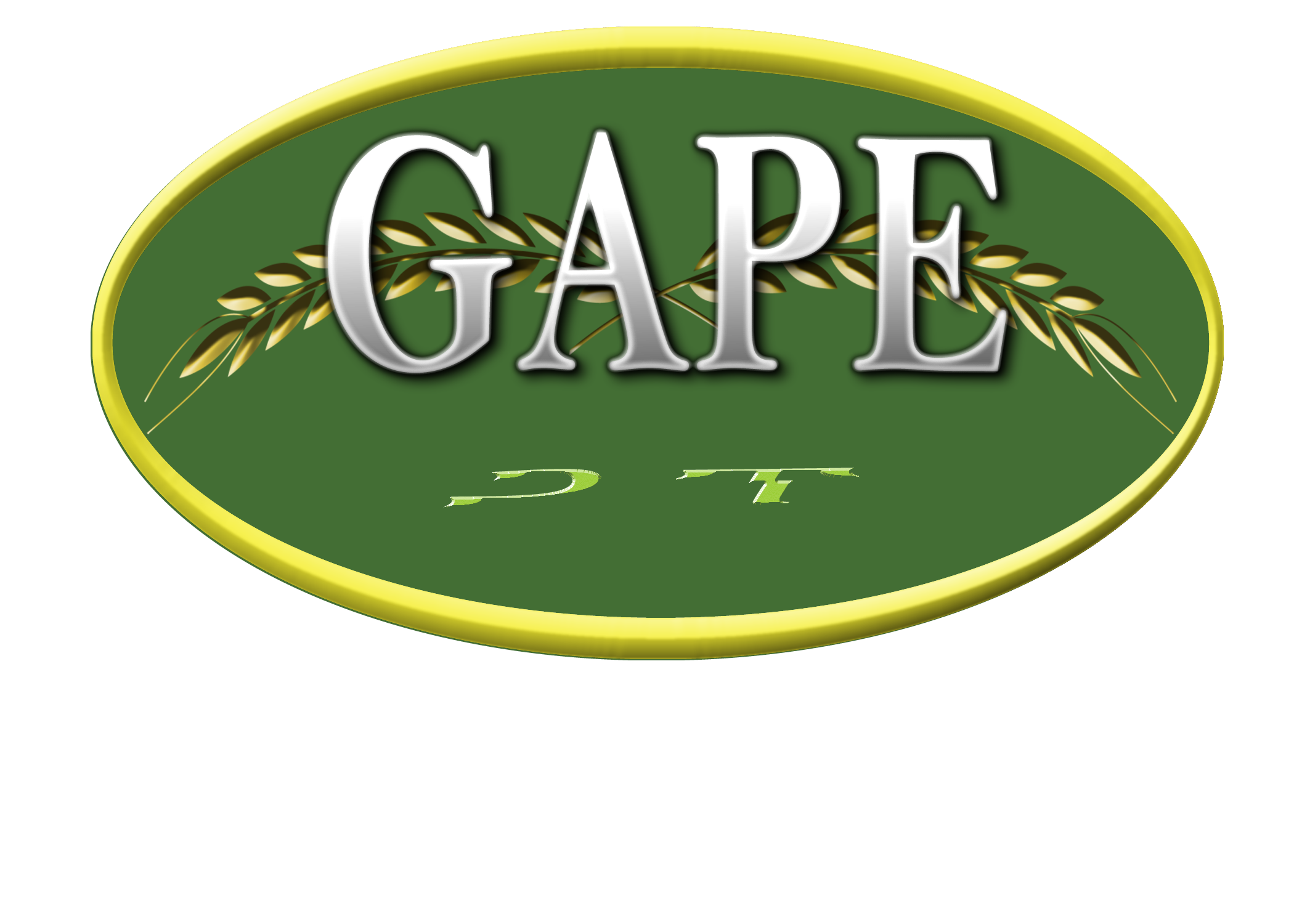Milk is normally pasteurized before sale as liquid milk. Pasteurization is used to reduce the microbial counts in milk for cheese making, and cream is pasteurized before tempering for butter making in some factories. Batch pasteurization is used where milk quantities are too small to justify the use of a plate heat-exchanger. In batch pasteurization, fixed quantities of milk are heated to 63°C and held at this temperature for 30 minutes. The milk is then cooled to 5°C using iced or cold water before packing. The lower temperature used for batch pasteurization means that a longer time is required to complete the process — 30 minutes at 63°C, compared with 15 seconds at 72°C. HTST involves heating raw milk to 72-75 °C for 15-20 seconds before cooling it again to 4 °C. This process removes any bad smell from raw milk, standardizes the fat content, and homogenizes moreover, keeps raw milk fresh without losing its essential minerals and vitamins, but destroy health hazard microbes. All the milk obtained from the farm and collection center will be pasteurized to make them safe for human consumption and to produce hygienic and standard product for the consumers.
The Australian Dietary Guidelines, which summarise the latest evidence and expert opinion, state that eating enough milk, cheese and yoghurt is linked to a reduced risk of heart disease, stroke, hypertension, type 2 diabetes, metabolic syndrome and colorectal cancer – some of the main causes of death in Australia.
Milk, cheese and yoghurt naturally contain important nutrients such as calcium and protein. The unique package of vitamins and minerals they contain means these foods also offer important health benefits.
